What Are Audi Carbid Brakes Seen in e-tron GT Teaser Video?
We’re little under a week away from the Audi e-tron GT’s launch, which means we’re solidly into the new model teasing from Audi’s various marketing outposts. Just today, Audi Sport has shared a video starring their factory Formula E driver Lucas di Grassi and dubbed “Audi e-tron GT: Ambassador for a new era”. This video is packed with quick detail shots of the much anticipated e-tron GT fully without camo, and at one moment as seen in the screen cap above, it also confirms new tech we haven’t seen before.
Once you get past trying to make out all the production details, you’ll likely be left with the same question we were. Why is “Carbid” written on the side of the brake caliper?
Our best guess is that the e-tron GT will mark Audi’s first use of tungsten-carbide-coated brakes. Porsche released similar tech last year on its Cayenne lineup, and it’s an interesting new technology that claims better stopping power with less dust.
Porsche calls the tech Porsche Surface Coated Brakes (PSCB), though it appears Audi will call them “Carbid” or maybe “Audi Carbid”. It’s too soon to tell exactly, but the “Carbid” name is clearly seen between the spokes of the wheel photo above.

If this is the same technology, then PR from Porsche and reports magazines like Car & Driver around the launch of the Cayenne confirm the tech was developed with OEM partner Bosch, who applies a .004-inch tungsten-carbide coating onto iron discs, which makes them five-times harder. The advantages are resistance to fade, dust less, rust not at all and last 30% longer than their equivalent iron brake.
Based on that, we can assume that these new brakes will weigh roughly the same as a stock iron brake (i.e. heavier than carbon ceramic), but they also may not cost as much as Audi Carbon Ceramic brakes if the Cayenne equipment list can also be drawn as comparison.
Okay, we’re making some assumptions here, but we’d place this as highly likely given what we know of components sourcing at Audi and its parent the Volkswagen Group. It’s yet to be confirmed that the e-tron GT will offer other braking tech, but other Audi models in the price range of the GT offer both standard iron and also carbon ceramic options.

Which would we rather have? That’s a guess, but the lack of rusting sounds of particular use to an electric car that only uses its brakes some of the time due to much more braking being done through regeneration. Our own Project e-tron dusts considerably less than other ICE Audi models we’ve maintained, so dusting even less means even cleaner wheels.
Of course, carbon ceramic brakes are lighter. Lighter unsprung weight at the hub itself likely helps efficiency markedly. In the end, we’re not sure which we’d rather have, but it’ll be fascinating to watch what owners of the new e-tron GT come to prefer.


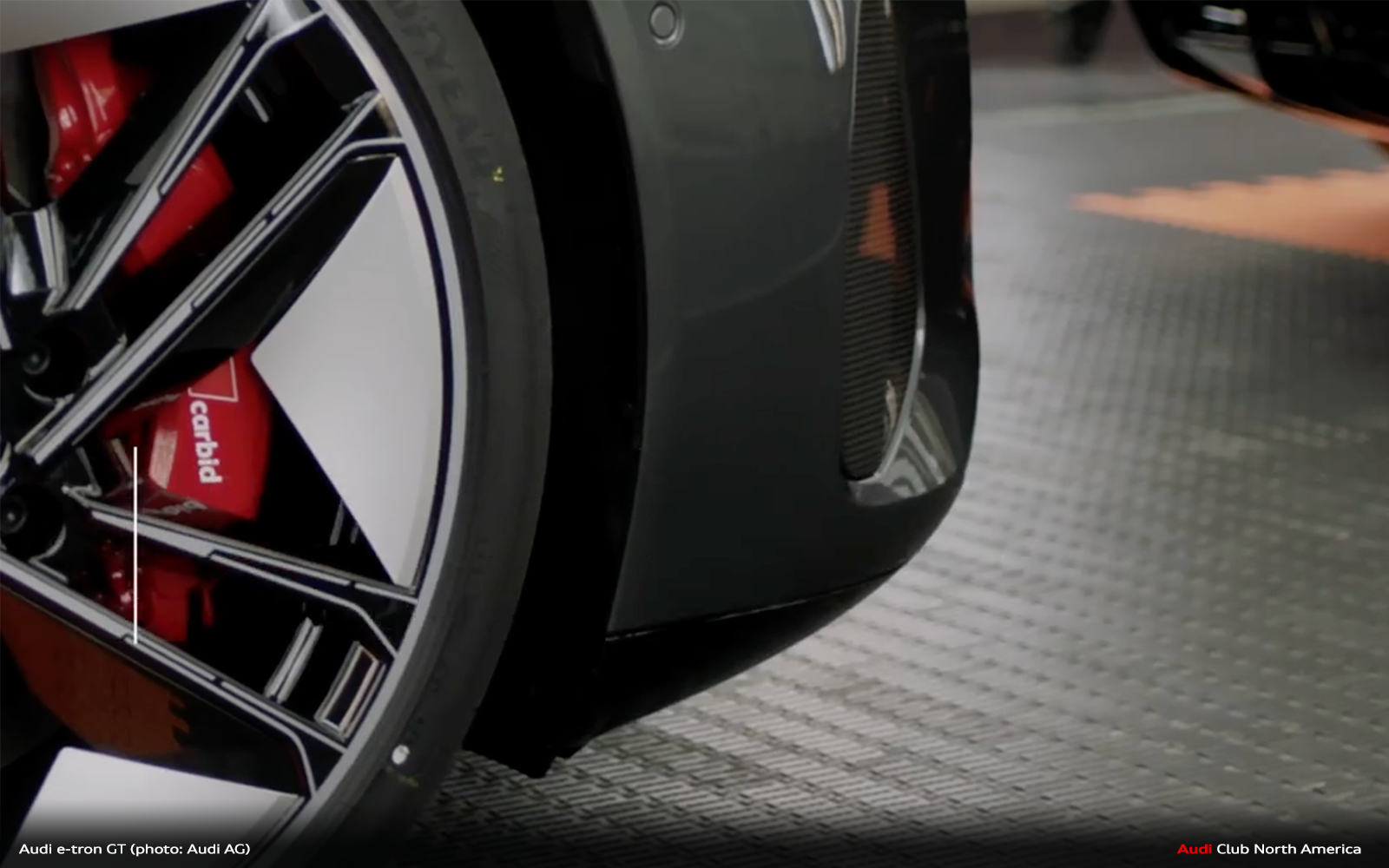
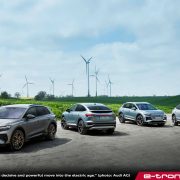

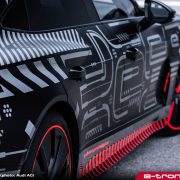

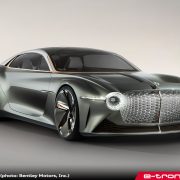

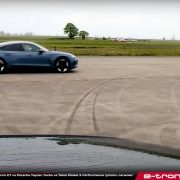


Leave a Reply
Want to join the discussion?Feel free to contribute!